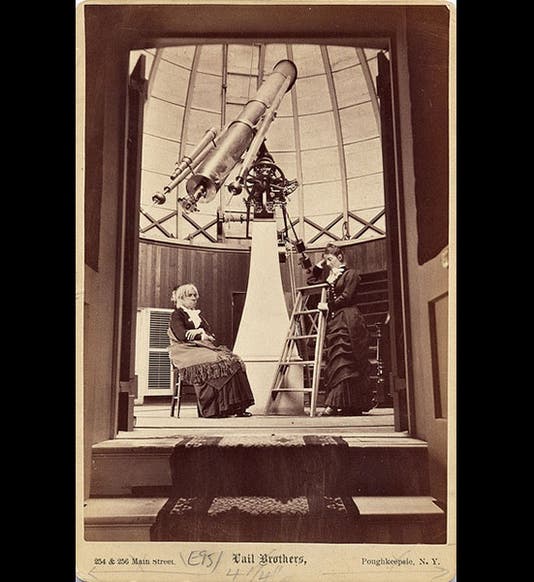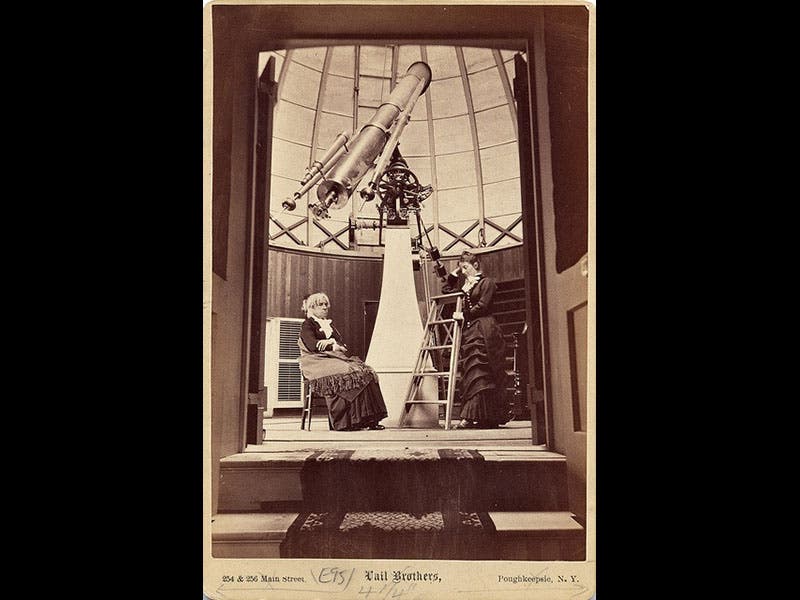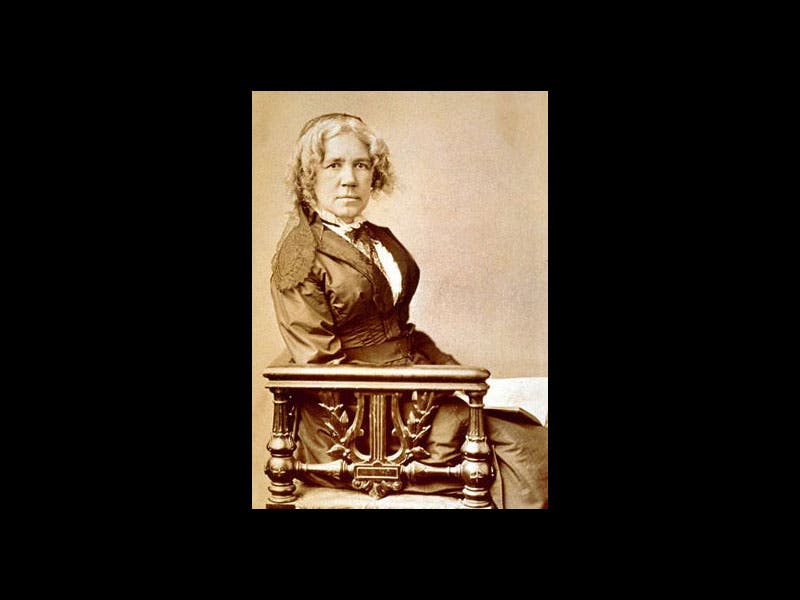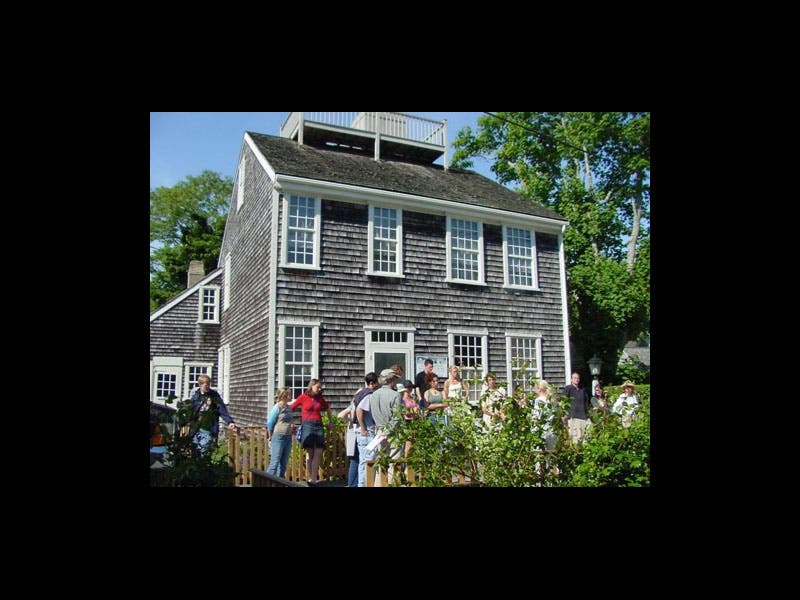Scientist of the Day - Maria Mitchell
Maria Mitchell, an American astronomer, was born Aug. 1, 1818, in Nantucket. Mitchell was the first professional woman astronomer in the United States and a role model for generations of aspiring women scientists. She was trained by her father, a school-teacher, and had the extreme good fortune to discover a comet in 1847. Not only was she the first to see the comet, she also had the mathematical skill to calculate its orbit. Her feat won her an international gold medal from the Danish government, the first such recognition for any American woman, and eventually, the professorship of astronomy at Vassar College, also the first such position for any woman. It is probably of interest to some of this reading audience that, before she detoured into astronomy, Mitchell spent 17 years as a librarian on Nantucket.
Mitchell was admitted to various male bastions, such as the American Academy of Arts and Sciences in Boston (the only woman so honored until the 20th century), but she decided early on that, instead of trying to show men that women could be good scientists, she would spend her life showing young women that they could be good scientists. She seems to have done a superb job at this task, becoming a legendary teacher at Vassar. Antonia Maury, a noted astronomer at Harvard, was one of her pupils. The lovely albumen print portrait of Maria above is in the Harvard University Library (second image).
In 1863, Matthew Vassar, the founder of Vassar College, personally commissioned a telescope for Mitchell from Henry Fitz, a well-known New York telescope builder. With a lens 12 inches in diameter, it was second among American telescopes only to the great refractor at Harvard. Vassar also built an observatory for Maria; a period photo can be seen above (third image). Another photo shows Maria with one of her pupils, Mary Whitney, inside the dome (first image). The Fitz telescope is now in the National Air and Space Museum in Washington (fourth image). The Vassar Observatory is a National Historic Landmark.
The small telescope that Mitchell used to discover the Nantucket comet is now mounted in her childhood home on Vestal Street (fifth image), across from the headquarters of the Maria Mitchell Association, the group her descendants founded in 1908 to continue Mitchell’s lifelong passion for the natural sciences and science education. The Maria Mitchell House is open to the public (sixth image).
Dr. William B. Ashworth, Jr., Consultant for the History of Science, Linda Hall Library and Associate Professor, Department of History, University of Missouri-Kansas City. Comments or corrections are welcome; please direct to ashworthw@umkc.edu.












